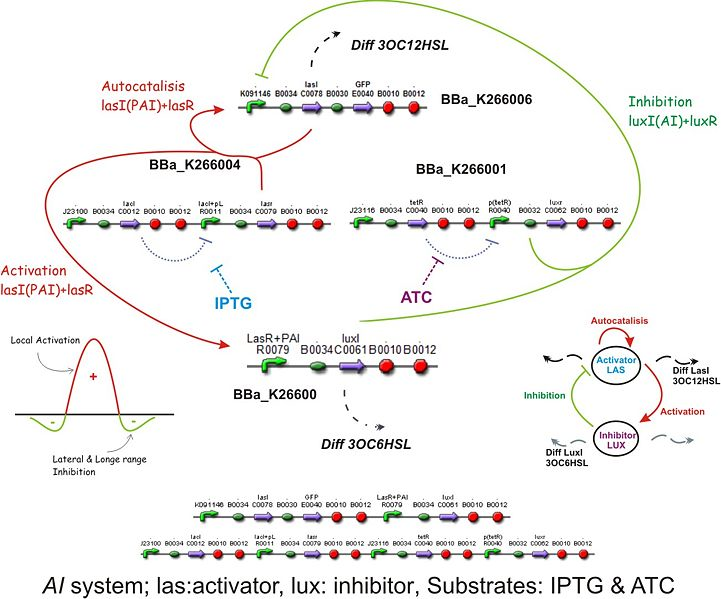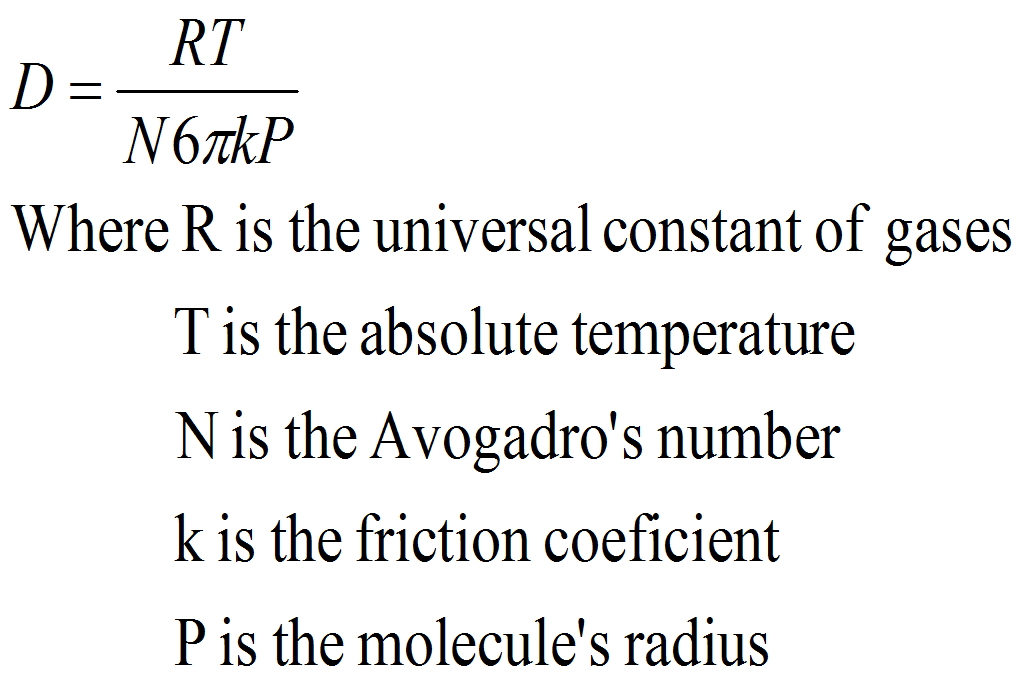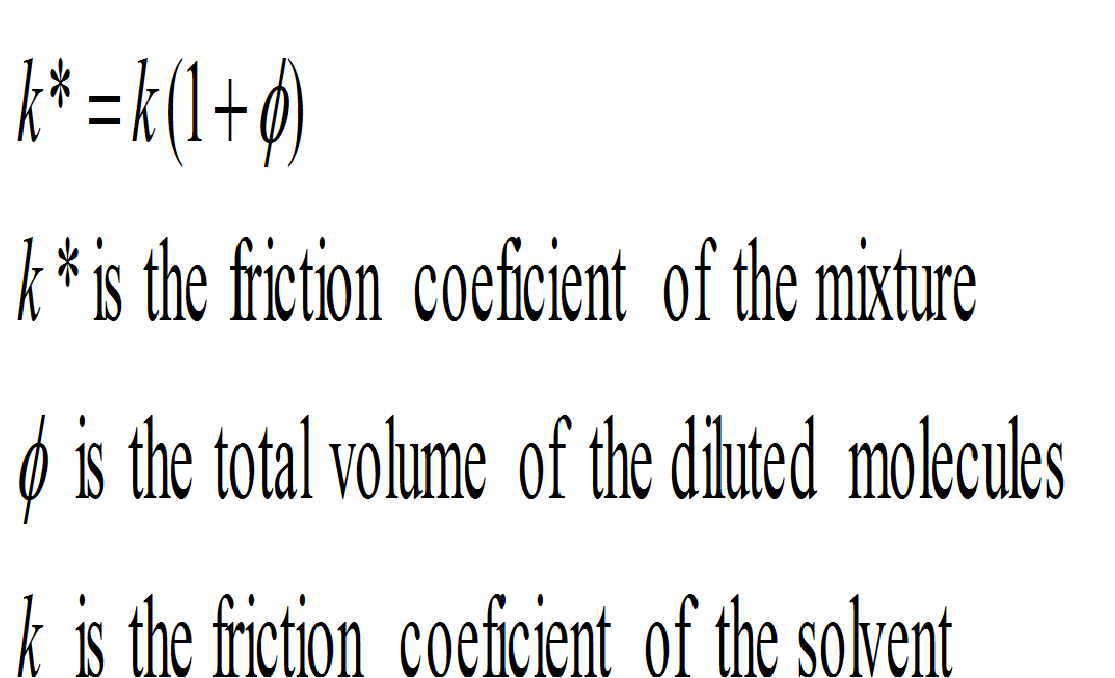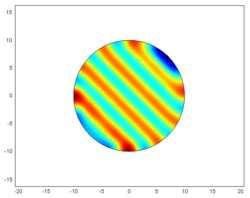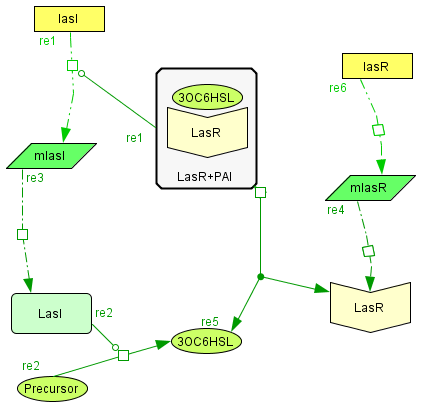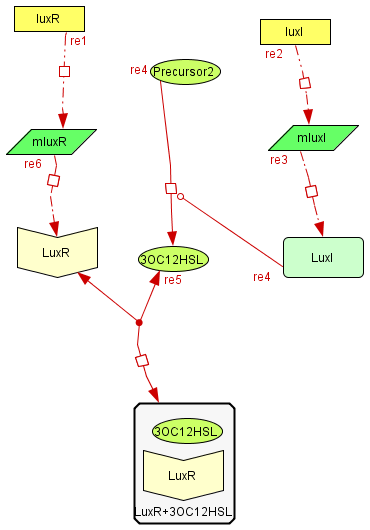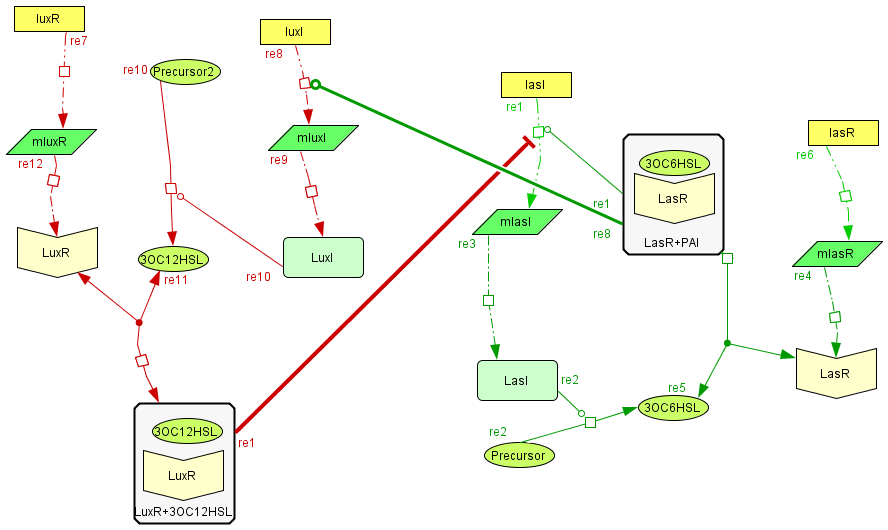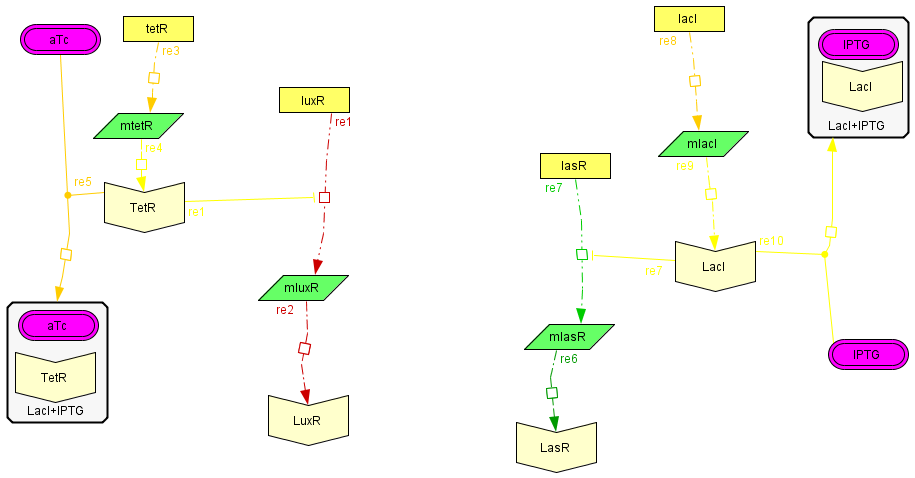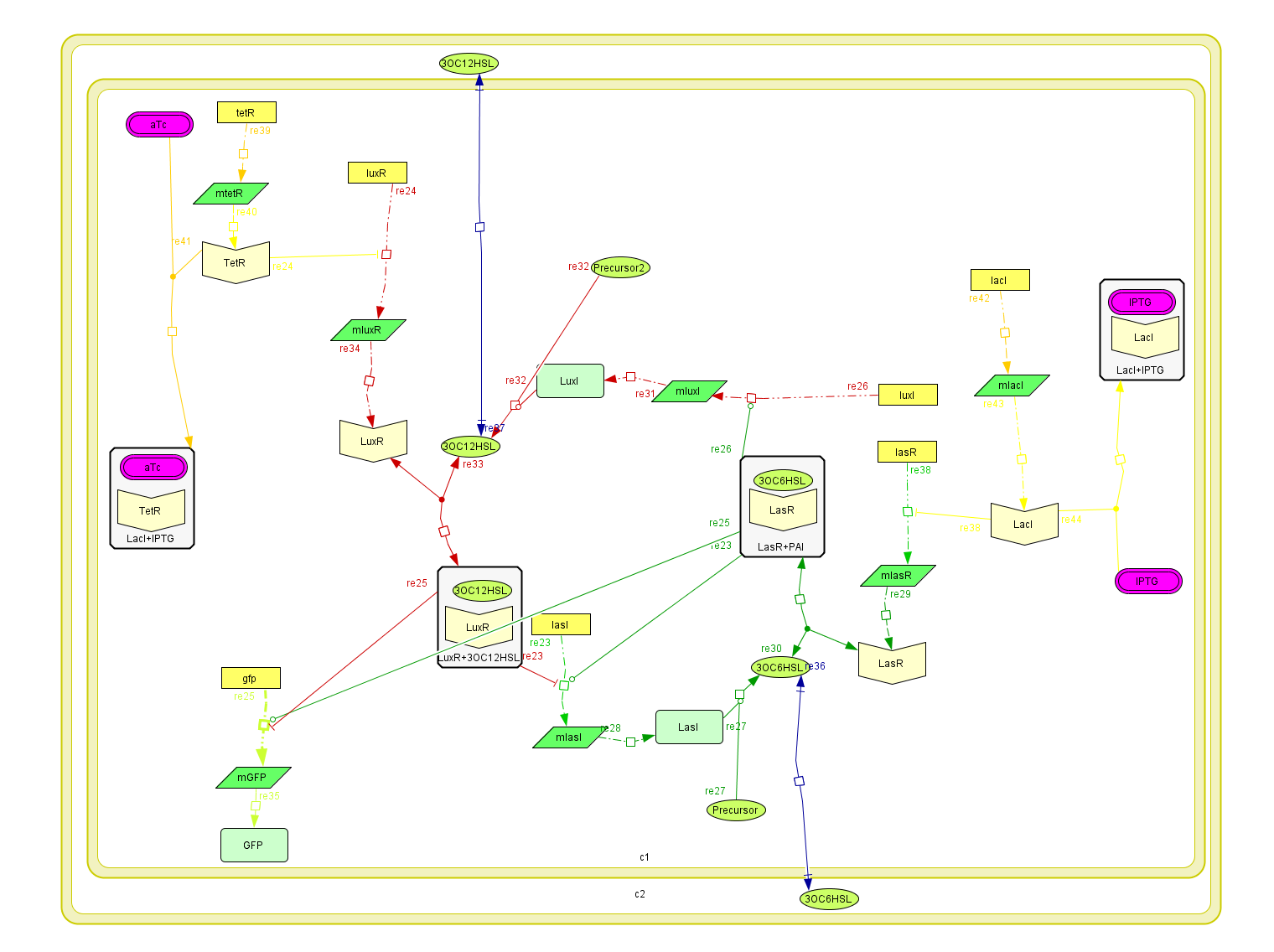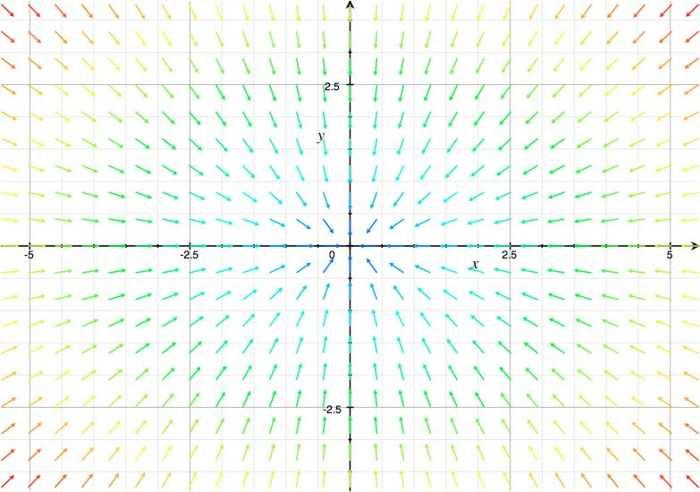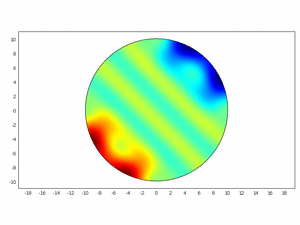Team:IPN-UNAM-Mexico/Modeling
From 2009.igem.org
Introduction: Developing an Activator-Inhibitor network
As described on the overview, the spatiotemporal patterns we are looking forward to reproduce on the lab were based on the equations of reaction-diffusion with a chemical kinetics' and diffusive behavior of morphogens in an activator-inhibitor system. The qualitative dynamics of this kind of systems such as local activation and long range inhibition were the base and theoretical framework to generate our BioBricks synthetic network.
The following equation is the general expression of a reaction-diffusion system, which can be seen as a generalization of the heat equation [LINK WIKIPEDIA]. This tells us broadly speaking that the change on time of the reactants concentration depends on their mutual interaction and their diffusion over the space; this last term being defined by coefficients of D (the diagonal matrix with the diffusion constants or the reactants) times the Laplace operator.
We will represent the dynamics of our network as an activator-inhibitor system, so we will need only a few equations to describe it, where F and G are the functions that describe the chemical kinetics of morphogens A and B, with diffusion coefficient constants D_A and D_B:
Gierer and Meinhardt proposed in 1972 a system of reaction diffusion equations that fulfill the Turing hypothesis for generating spatiotemporal patterns. In this particular systems A stands for the activator and B for the inhibitor in:
Which with the proper adimentionalizing analysis leads to:
and including the activator's inhibition results in:
where a and b are positive constants and k is a measure of the strength of the inhibition.
As described in the project section we designed a synthetic network with the qualitative properties of an activator-inhibitor system.
Along with the developing of the project we continued to gather the information required to model the activator-inhibitor system as an approximation of the BioBricks network. We also needed the diffusion constants of PAI and AI, since its chemical nature makes a big difference for the formation of the patterns.
First approach: Classical model with calculated diffusion constants
To do this we considered the molecular weight of the AHL molecules and we estimated the diameter of the molecules taking into account the linear structure of them. From the articles of A. Einstein: “On the Motion—Required by the Molecular Kinetic Theory of Heat—of Small Particles Suspended in a Stationary Liquid” and “A new determination of molecular dimensions” we used the method to estimate the diffusion coefficients from the diameter of the molecule using the modified friction coefficient of the water in presence of glucose to improve the accuracy as described.
Obtaining the following values:
Using Comsol Multipysics [link] we made a simulation with values previously used by Murray [REF] and the previously estimated diffusion coefficients of PAI and AI molecules with the reaction-diffusion equations of the Gierer and Meinhardt model. The simulation was made in a circular area with zero flux boundary conditions and all the parameters values found in the literature.
As expected we obtained a spots pattern in a specific diameter value and a stripes pattern using a smaller diameter, both starting with a sinusoidal distribution of the activator and the inhibitor.
Second approach: Activator-Inhibitor dynamics on a single cell
Based on the design of the biobricks network we tried to model the behavior it would have within a single cell. To do this we constructed the kinetic laws describing the relationships between the components of our network and IPTG and aTc. We modeled the interactions of the AHLs with their respective targets as allosteric regulators affecting the production rate of the catalyzing enzymes, thus affecting the synthesis of the AHLs. This catalysis was assumed to be a first order kinetics depending only on the concentration of the catalyst.
The diffusion rate of the AHLs was reduced to a first order kinetics considering the membrane area of the bacteria and assuming the complete absence of the AHL outside the cell, therefore depending only on the production within the cell.
The Activator module
The Inhibitory module
Activator-Inhibitor interaction
The regulatory modules
The integrated system
This system was evaluated using CellDesigner software [(poner link)] to explicitly denote all this interactions. Each coefficient of the kinetic rules was gathered from the literature and past years team wikis [REF ZURICH].
For this model. We tried to be very accurate on the description of our system, and the parameters and the kinetic laws we used are described below.
| Constant | Value | Original Units |
| Kc PAI | 0.45
| |
| G PAI | 300
| copies |
| Tmax PAI | 0.01
| mM/h |
| TR PAI | 0.556
| 1/s |
| Td PAI | 0.007
| per protein |
| D PAI | 4.30E-06
| cm2/s |
| kd1 (PAI) | 250
| nM |
| kd2 (AI) | 250
| nM |
| kPAI | 0.5
| uM |
| Kc LasR | 0.45
| |
| G LasR | 300
| copies |
| Tmax LasR | 0.01
| mM/h |
| TR LasR | 0.556
| 1/s |
| kd LacI | 800
| nM |
| kAI | 0.5
| uM |
| Kc LuxR | 0.45
| |
| G LuxR | 300
| copies |
| Tmax LuxR | 0.01
| mM/h |
| TR LuxR | 0.556
| 1/s |
| kd TetR | 179
| pM |
| Kc AI | 0.45
| |
| G AI | 300
| copies |
| Tmax AI | 0.01
| mM/h |
| TR AI | 0.556
| 1/s |
| Td AI | 0.007
| per protein |
| D AI | 6.00E-06
| cm2/s |
| [Iptg] | 1
| mM |
| [aTc] | 3
| uM |
| [LacI] inicial T | 0.008
| mM |
| [TetR] inicial T | 0.008
| mM |
| kd iptg lacI | 893
| pM |
| kd aTc tetR | 1.3
| uM |
Third approach: Continuous model
Afterward we described as ordinary differential equations the time change of the concentrations of PAI and AI based on the kinetic law equations, being x PAI and y AI
Here all the constants are sums or products of kinetic constants.
With this system of differential equations describing the kinetic basis of the reaction and diffusion we proceeded to make a qualitative analysis of its behavior as a 2x2 system of equations using Grapher (link).
From this analysis we can see simply by looking at its vectorial field that it behaves as the system:
We wanted to check if this equations as chemical kinetics into a system of the reaction-diffusion dynamics can produce spatiotemporal patterns; to do this we made a simulation using ComsolMultipysics (link) as previously described





 "
"




